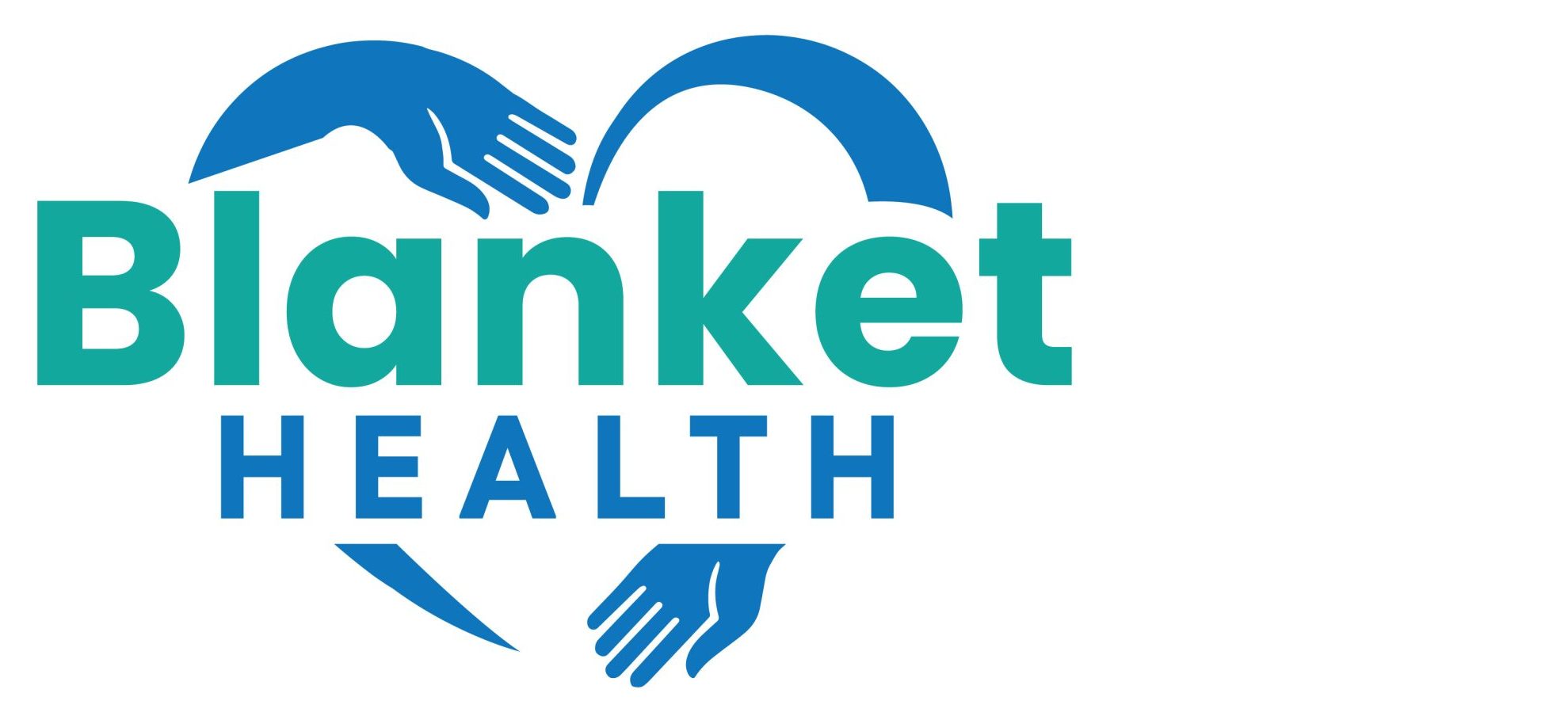High blood pressure, or hypertension, is often referred to as the “silent killer” because it rarely exhibits noticeable symptoms but can have devastating effects on your health. This common condition affects millions of people worldwide and is a significant risk factor for heart disease, stroke, and other serious health issues. In this article, we will delve into the world of high blood pressure, exploring its causes, effects, prevention, and management, as well as the importance of regular monitoring.
I. Understanding High Blood Pressure
A. What is High Blood Pressure?
High blood pressure is a medical condition in which the force of blood against the walls of the arteries is consistently too high. Blood pressure is measured in two numbers: systolic (the pressure when the heart beats) and diastolic (the pressure when the heart rests between beats). Normal blood pressure is typically defined as 120/80 mm Hg. Hypertension is diagnosed when blood pressure consistently exceeds 130/80 mm Hg.
B. The Silent Nature of Hypertension
One of the most challenging aspects of hypertension is its silent nature. Most people with high blood pressure do not experience noticeable symptoms until it reaches severe or life-threatening levels. This makes regular blood pressure monitoring essential, especially for individuals with risk factors.
II. The Causes of High Blood Pressure
A. Primary (Essential) Hypertension
Primary hypertension is the most common form and often develops gradually over time. While the exact cause is not always clear, it is influenced by multiple factors, including genetics, lifestyle, and age.
B. Secondary Hypertension
Secondary hypertension is typically caused by an underlying medical condition, such as kidney disease, hormonal disorders, or medication side effects. Treating the underlying cause can often normalize blood pressure.

III. The Effects of High Blood Pressure
A. Cardiovascular Risks
High blood pressure places significant strain on the cardiovascular system. It can damage the arteries, increase the risk of atherosclerosis (narrowing of the arteries), and lead to conditions like coronary artery disease and heart failure.
B. Stroke
Uncontrolled hypertension is a leading cause of stroke. High blood pressure can damage the blood vessels in the brain, increasing the risk of both ischemic (caused by blocked arteries) and hemorrhagic (caused by bleeding) strokes.
C. Kidney Damage
The kidneys play a vital role in regulating blood pressure. Hypertension can harm the blood vessels in the kidneys and impair their ability to filter waste from the blood, potentially leading to kidney disease or failure.
IV. Prevention and Lifestyle Changes
A. Healthy Diet
A heart-healthy diet, known as the DASH (Dietary Approaches to Stop Hypertension) diet, emphasizes fruits, vegetables, whole grains, lean proteins, and limited sodium intake. Reducing salt consumption is particularly important in managing high blood pressure.
B. Regular Physical Activity
Engaging in regular physical activity can help lower blood pressure. Aim for at least 150 minutes of moderate-intensity exercise per week, such as brisk walking, cycling, or swimming.
C. Weight Management
Maintaining a healthy weight is crucial for managing hypertension. Losing even a modest amount of weight can lead to significant blood pressure reductions.
D. Limit Alcohol and Caffeine
Excessive alcohol and caffeine consumption can contribute to high blood pressure. Moderation is key, and it’s advisable to limit alcohol to one drink per day for women and two for men.
E. Stress Management
Chronic stress can elevate blood pressure. Practicing relaxation techniques such as deep breathing, meditation, or yoga can help manage stress and, in turn, lower blood pressure.
V. Medications for High Blood Pressure
For some individuals, lifestyle changes alone may not be sufficient to control blood pressure. In such cases, healthcare providers may prescribe medications, which can include diuretics, beta-blockers, ACE inhibitors, angiotensin II receptor blockers (ARBs), calcium channel blockers, and others. It’s essential to follow the prescribed medication regimen and attend regular follow-up appointments.
VI. The Importance of Regular Monitoring
Regular monitoring of blood pressure is a crucial aspect of hypertension management. Many people are unaware that they have high blood pressure until they experience health complications. Home blood pressure monitors are readily available and can help individuals track their blood pressure regularly. High blood pressure is a silent threat that affects millions worldwide. While it may not always exhibit symptoms, its consequences can be severe, leading to heart disease, stroke, and kidney damage. However, through lifestyle changes, such as adopting a heart-healthy diet, engaging in regular physical activity, and managing stress, as well as through regular monitoring and, if necessary, medication, hypertension can be effectively managed. The key is awareness and taking proactive steps to prioritize your cardiovascular health. By doing so, you can reduce your risk of the serious health complications associated with high blood pressure and lead a healthier, longer life.




 Detecting high blood pressure (hypertension) in its early stages is crucial for effective management and prevention of complications. While high blood pressure is often asymptomatic, there are subtle signs and risk factors that can serve as early warning signals. Here, we will delve into these indicators:
Detecting high blood pressure (hypertension) in its early stages is crucial for effective management and prevention of complications. While high blood pressure is often asymptomatic, there are subtle signs and risk factors that can serve as early warning signals. Here, we will delve into these indicators: Limiting alcohol consumption is another crucial aspect of lowering high blood pressure. Excessive alcohol intake can lead to hypertension and also interfere with the effectiveness of blood pressure medications. For individuals with hypertension, it is advisable to limit alcohol consumption to moderate levels, which typically means up to one drink per day for women and up to two drinks per day for men.
Limiting alcohol consumption is another crucial aspect of lowering high blood pressure. Excessive alcohol intake can lead to hypertension and also interfere with the effectiveness of blood pressure medications. For individuals with hypertension, it is advisable to limit alcohol consumption to moderate levels, which typically means up to one drink per day for women and up to two drinks per day for men.
